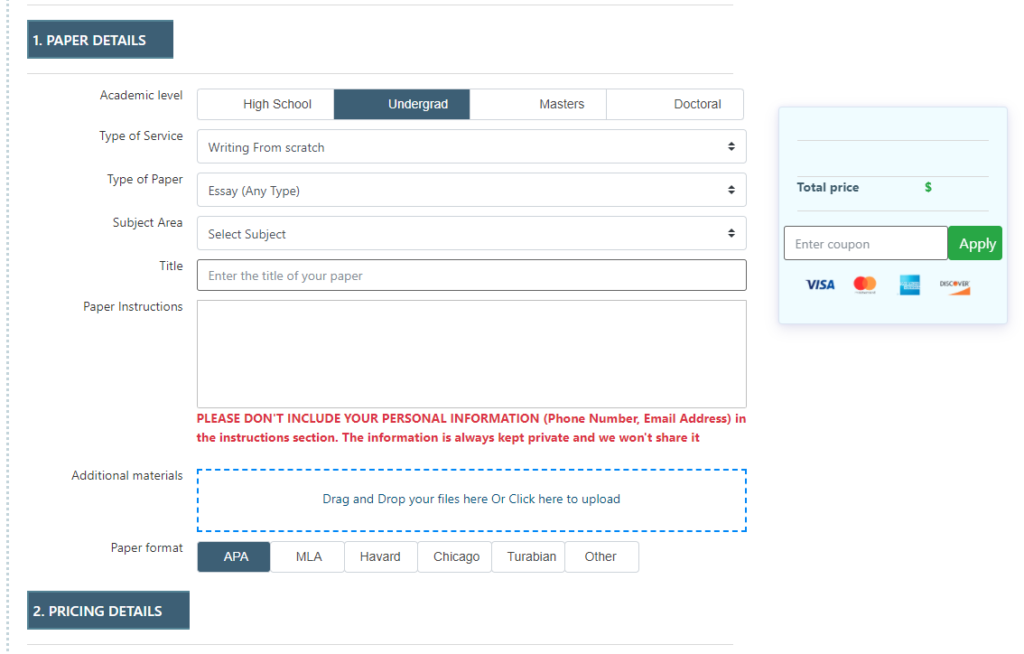Heart Valves and Circulation
Heart Valves and Circulation

Properly Working SystemTo understand your valve condition or the problems you or your loved one may be facing, it helps to understand the basics of heart valves and circulation. Heart Valves and Circulation
Heart Chambers and ValvesThe heart’s job is to pump blood throughout the entire body so every cell can thrive.
Blood always flows through the system in the same pattern: coming from the body, passing through the right side of heart, then out to the lungs to receive oxygen, then passing back through the left side of the heart and traveling out to the body.
What is the purpose of the heart chambers?
A normal heart has two distinct sides and four chambers for circulating blood.
- The upper chambers – called the right atrium and the left atrium – collect blood flowing in from the body and in from the lungs.
- The lower chambers – called ventricles – collect blood from the atria then forcefully pump it out.
- The right ventricle pumps blood to the lungs.
- The left ventricle pumps blood through the aorta and out to the entire body.
Why are valves important for circulation and health?Each heart valve has two functions:
- To open correctly so blood can empty from the chamber
- To close properly so blood flows forward
When the valves and chambers fail to move blood properly, symptoms eventually may develop and require critically important treatment.
Learn more about the roles of your heart valves.
You must proofread your paper. But do not strictly rely on your computer’s spell-checker and grammar-checker; failure to do so indicates a lack of effort on your part and you can expect your grade to suffer accordingly. Papers with numerous misspelled words and grammatical mistakes will be penalized. Read over your paper – in silence and then aloud – before handing it in and make corrections as necessary. Often it is advantageous to have a friend proofread your paper for obvious errors. Handwritten corrections are preferable to uncorrected mistakes.
Use a standard 10 to 12 point (10 to 12 characters per inch) typeface. Smaller or compressed type and papers with small margins or single-spacing are hard to read. It is better to let your essay run over the recommended number of pages than to try to compress it into fewer pages.
Likewise, large type, large margins, large indentations, triple-spacing, increased leading (space between lines), increased kerning (space between letters), and any other such attempts at “padding” to increase the length of a paper are unacceptable, wasteful of trees, and will not fool your professor.
The paper must be neatly formatted, double-spaced with a one-inch margin on the top, bottom, and sides of each page. When submitting hard copy, be sure to use white paper and print out using dark ink. If it is hard to read your essay, it will also be hard to follow your argument.







